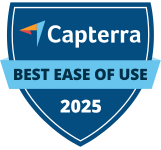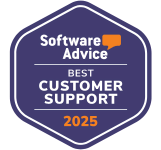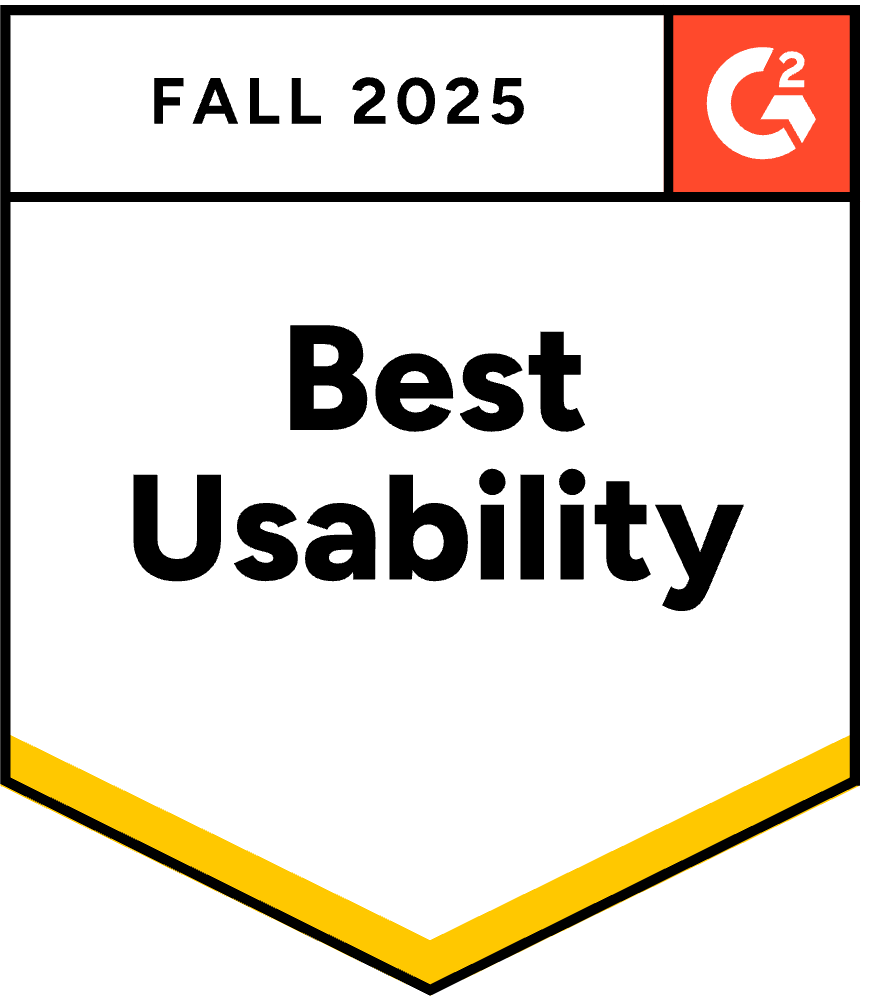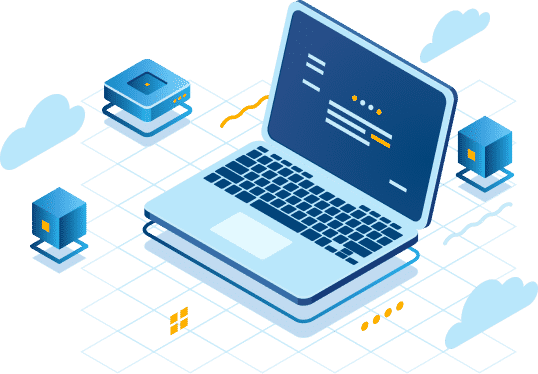WSUS Alternative to Patch Management that Just Works
Patching, Windows Updates and Feature Upgrades
Real-time assessment of missing patches and compliance status
Custom application patching via Software Repository
No VPN is required for remote, off-site patching
Bandwidth-efficient P2P software update distribution
Windows and third-party updates
No VPN required for remote patching
99% patching coverage in 5 minutes
Real-time vulnerability assessment
Why choose Action1 over WSUS?
Action1 overcomes WSUS limitations by offering cloud-native architecture, third-party app patching, real-time insights, and remote endpoint support — no VPN required.
Cloud-Native Architecture
Unlike WSUS, Action1 is built from the ground up as a cloud-native solution. This enables seamless scalability and instant updates without the need for maintaining physical servers or complex configurations.
Real-Time Visibility
With Action1, you receive real-time insights into vulnerabilities, a crucial feature that WSUS lacks. This means faster response times to potential threats, reducing your exposure to cyber risks.
Zero VPN Dependencies
Action1 operates without the need for VPNs, offering secure patch management across all endpoints, wherever they are located. This is particularly beneficial for remote or geographically dispersed teams.
Autonomous Operations
Enhance your efficiency with Action1’s autonomous capabilities that preempt security risks and eliminate routine labor, a step ahead of the manual processes often associated with WSUS.
Comprehensive Patching
Action1 offers comprehensive patch management that includes not only operating systems but also a wide range of third-party applications, ensuring that all critical software on endpoints remains up-to-date, not just Microsoft products.
Reporting and Compliance
Pass and prove compliance with over 100 built-in reports on patching, hardware, software inventory, and security configurations. Action1 utilizes both live and cached data from all endpoints for thorough compliance monitoring.
Trusted by thousands of IT teams around the world


Why customers choose Action1
Patching without VPN
Patch remote and onsite endpoints with Action1 cloud-native platform. No company network or VPN connection required.
Ditch complexity
Start getting value in minutes, not hours or days. Deploy and patch software consistently without legacy technology, clunky integrations, or multiple consoles.
Avoid bandwidth issues
Deliver software updates faster and ensure network availability for critical applications with Action1’s P2P patch distribution capability.
Secure and trusted
Action1 is the only patch management solution with both SOC 2 Type II and ISO 27001:2022 certifications.
Patch offline devices
Improve your patch success rates by automatically installing OS and application patches, as soon as endpoints that have been offline come back online.
See phenomenal ROI
What Our Customers Say
Action1 helped us save about 125 hours per month by automating patch management. That’s a huge enabler to our business; as an MSP, the more you automate, the more money you save, and the more savings you can pass on to your customers.
I gotta tell you that Action1 has changed how I install updates — I feel like now I can sleep, knowing my clients are patched.
With Action1, I’m saving hours every week and bringing in better control and consistency across everything that we do. It was also very easy to deploy; I was able to quickly install it and ensure nothing was missed.
What Experts Say



Industry Awards












